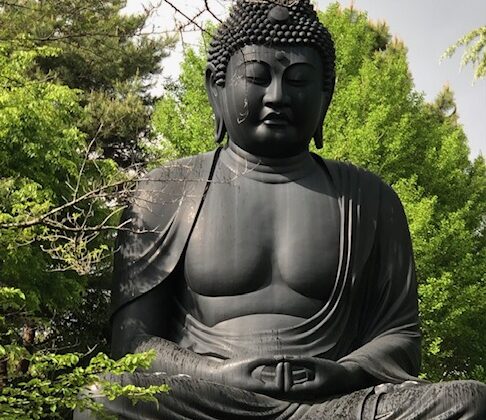There are many hands-on classes in Japan to learn about Japanese culture.
On this day, I originally wanted to go to the hands-on Kintsugi class (Kintsugi 金継ぎ, “golden joinery,” also known as the Japanese art of repairing broken pottery by mending the areas of breakage with lacquer dusted or mixed with powdered gold, silver, or platinum; the method is similar to the maki-e technique.) early in the morning, but I decided to take it easy.
Sometimes, less is better, and I believe an opportunity to learn kintsugi will come in the future.
After relaxing and having breakfast, Ringo-chan and Shigeru-san accompanied us to the bus stop, and we took the bus to Futako Tamagawa station.
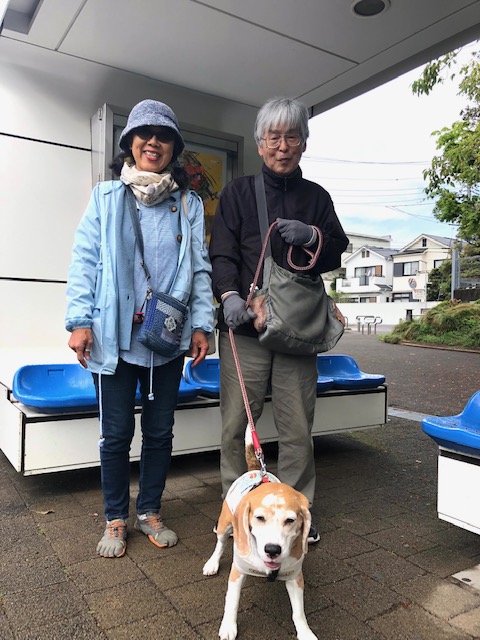
Our first destination was our favorite glass shop, JINS (4th floor of Futako Tamagawa Rise).
JINS is a Japanese glasses store established in 2001. I found out about JINS 5 years ago on a 2020 Tokyo TV show program. I saw JINS’ mission is to provide functional, innovative, and lightweight eyewear at affordable prices for everyone.
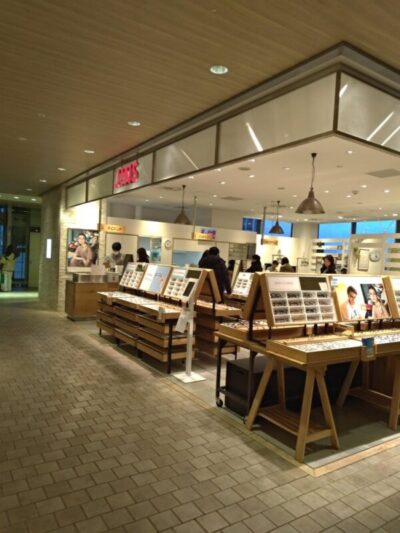
JINS frames are designed in Tokyo and carefully assembled with the spirit and passion of Japanese craftsmanship.
We went to JINS in Asakusa 4 years ago for the first time. Indeed, JINS was efficient, courteous, prompt, and reasonably priced. Eric liked it very much and was looking forward to going to JINS again to get new glasses made.
This time we chose 5 glasses. If we made 5 pairs of glasses in America, we would be bankrupt here in America, but it was less than 1/4 of the price there.

Eric chooses two cool bifocals. I have one for bifocals, one for computers, and one for craft/calligraphy.
While waiting for the glasses to be ready, we went to the “Bunkyodo” bookstore on the 6th floor for about an hour.
* Bifocal glasses take 1 week. In our case, JINS send it to our friend in Setagaya, and she will send it to Santa Monica. If you go to Japan and make bifocals at JINS, I recommend that you go there as soon as you arrive in Japan and pick up your bifocals a week later.
I love Japanese bookstores. A spacious and full of things other than books, where you can find something you did not even think to enjoy. Check out the calligraphy pens, ink, and Japanese paper, browse magazines and comics, and I could spend time all day there.
I only know a bookstore like the Japanese one is Burns’s Nobel bookstore on the third street promenade Santa Monica. I was sad when it closed.
When I was in a wheelchair, I often went there with my service dog, Kula. Checked out various magazines and books, grazed at photos of thick heavy hardcover photo books, and chose colorful stationery.
While I was focusing my viewing, Kula accommodated everyone and made them smile.
The Bunkyoudo had the same relaxing atmosphere; it reminded me of the nostalgic good time I spent with Kura at the bookstore.
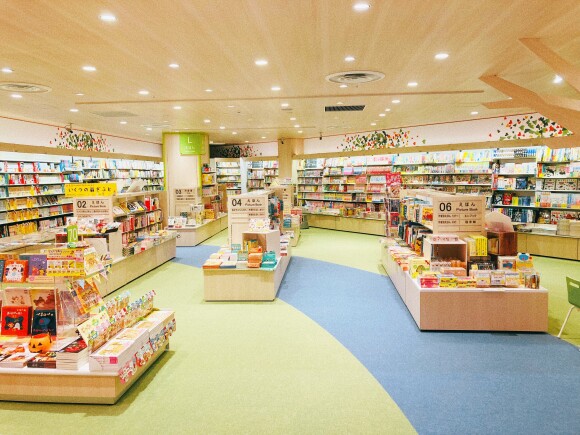
I was not looking for particular books, but I bought Snoopy’s book, “Snoopy Prepares Your Heart.”
This book explains Japanese quotes and Zen words.
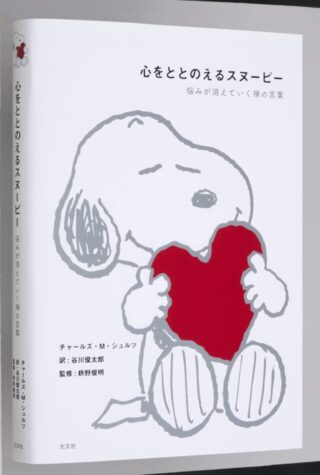 Peanut comics, which are drawn in black and white and have blank spaces, have something in common with Zen, and the lines of the characters that appear often overlap with Zen language.
Peanut comics, which are drawn in black and white and have blank spaces, have something in common with Zen, and the lines of the characters that appear often overlap with Zen language.
Even in silence, there is a world that is familiar to Zen.
An example given at the beginning of the book is the – Natural result.
“You just do it first and see what happens.”
This is one of my life mottos to live my life.
I learned English by reading Snoopy’s book when I was little, so I felt a connection with this book, and there was something I could learn from this Snoopy book again.
I had Snoopy’s book and Dennis the Menace’s book to study English. I also watched Sesame Street TV shows, listened to English music records, and translated the lyrics, which are fond memories.
Well, after the bookstore, we were hungry, and I was exhausted.
It was lunchtime, and there were long lines at all the restaurants, so when we were wondering what to do, we saw one restaurant called “Japanese Cafe Tsumugi” with almost no queues, and we thought this place might not be so good food.
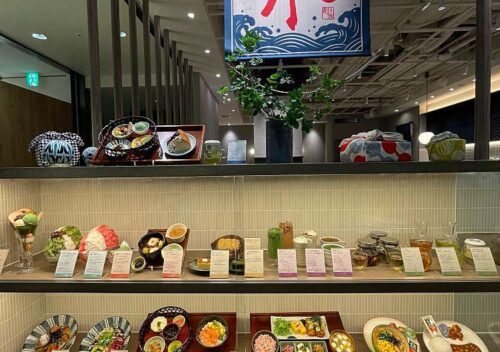
We decided to eat there anyway since we did not have much time. As for the taste, the food was fresh and delicious for us to enjoy it.

Thanks to lunch, I regained my sharpness a little. We went to pick up my three glasses, then took the Tokyu Den-en-chofu Toshi Line train and the JR line to Ikebukuro.
Ikebukuro station, where we were supposed to be, was not easy to find, and I got a little tired, so I was relieved to see Junko and her family.
When Junko was a student, she did a homestay at our house in Santa Monica to study English. We’ve known each other for a long time since Junko returned to Japan, and now she is married and has two children. Eric and I are so surprised to see her children grow up fast every time.
Our final destination and purpose for the third day were to go to Itabasshi to see Masaki, an old friend who worked as a chef in Los Angeles. We used to go to where he used to work every Fri. with other friends. The last time we saw him was almost 20 years ago in Shinjuku. Maybe I was in a wheelchair at the time. After that, he moved to Spain and New Zealand.
He recently returned to Japan and opened his new restaurant, “Space Cafe,” in Itabashi, Tokyo, and we promised to see him at his new restaurant.
Junko kindly chose where to go near Masaki’s restaurant with her husband, Hisashi, who used to live in the area.
We went to Tokyo Great Buddha (I did not know there was Great Buddha in Tokyo).


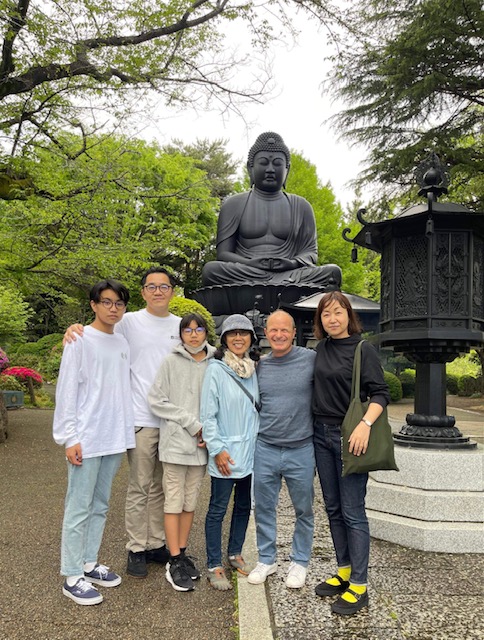
After some research, I found that the “Tokyo Great Buddha,” synonymous with this temple, is Amida Nyorai. The Tokyo Daibutsu Jorenji Temple in Itabashi Akatsuka, Tokyo, has a history of 600 years.

This temple was a resting place for the Tokugawa shogun’s falconry. The height from the base is 13 meters/42.6 feet, and the head alone is 3 meters/10 feet. It weighs 32 tons.

At the time of its completion, it was the third largest Buddha in Japan after the Great Buddha of Nara at Todaiji Temple and the Great Buddha of Kamakura at Kotokuin Temple.



Amida Nyorai is the Buddha who created “paradise” to save people in a world without suffering. Please put your hands together and say, “Namu Amida Butsu.”
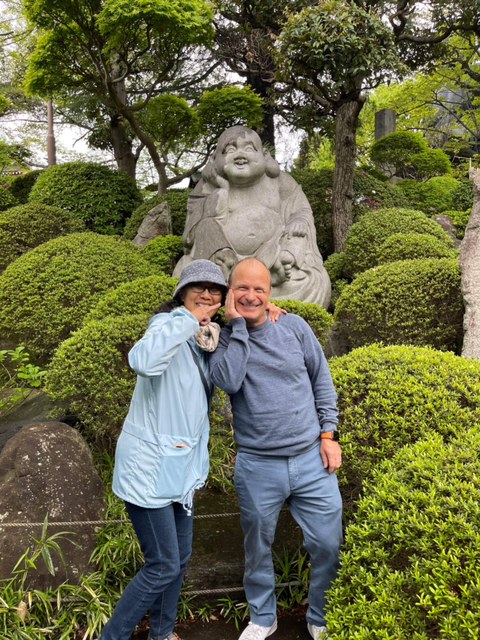
I have seen Great Budda, Nara Todaji, and Great Buddha, Kamakura, which are eye-opening Great Buddhas. The Tokyo Great Buddha looked softer, as if it had a gentle soul relaxing its vibrations in the busiest city, Tokyo.
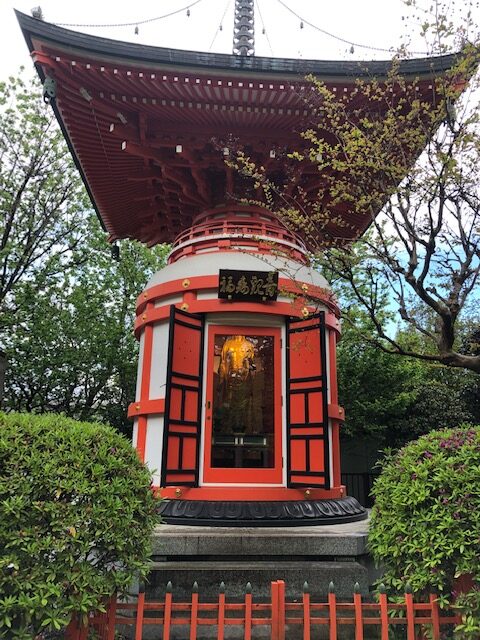
We took many pictures and had a great time with Junko and her family. Her son Ikkei danced on the ground of Tokyo Great Buddha to impress how good a dancer he was to us.
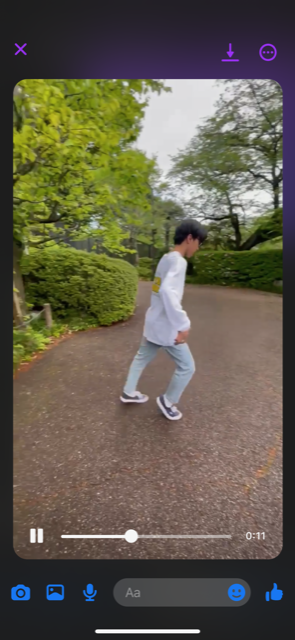
He wants to study abroad in America, so he might come to stay at our house like his mother, Junko. It’s a double memory that shares the past and the future. I hope it will come true.
After Tokyo Great Buddha, for my request to go to a botanical garden – they chose Akatuka Botanical Garden, a walking course blessed with nature, which was within walking distance from the Tokyo Great Buddha.
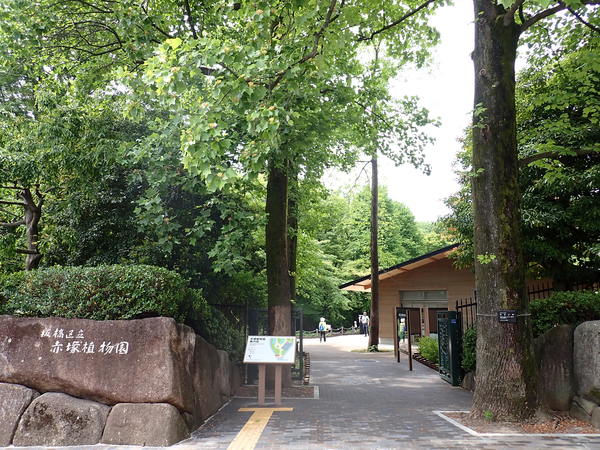
This botanical garden was opened in October 1981 as a facility that uses the hilly area of Akatsuka, which still retains the vestiges of Musashino, where nature and plants can be more familiar.
It started to rain, so we had to shorten our walk there, but it was the gift of nature: I gained my energy back and got ready to meet more friends.



When we were driving by Masaki’s, the rain stopped, and he was outside looking up at the sky – he could not hear, but we called his name loudly, “MASAKI!”. Eric quickly got out of the car to surprise Masaki.
Masaki said later to us, “It might be a rainbow after the rain, so I was outside, but instead of the rainbow, Eric came!” with his big smile!!!

What a reunion for the first time in 20 years!
Masaki’s restaurant opened about a week ago, so he was alone greeting customers, taking orders, cooking, and cleaning up. We were so impressed with him.

We also planned to meet up with Kuni and his wife, Kumi, at Masaki’s restaurant. Kuni used to work in Tahiti with Eric more than 30 years ago, and Kumi loves dogs, so I had a mutual connection.

We all had such a great time with Masaki’s sophisticated, tasty food!
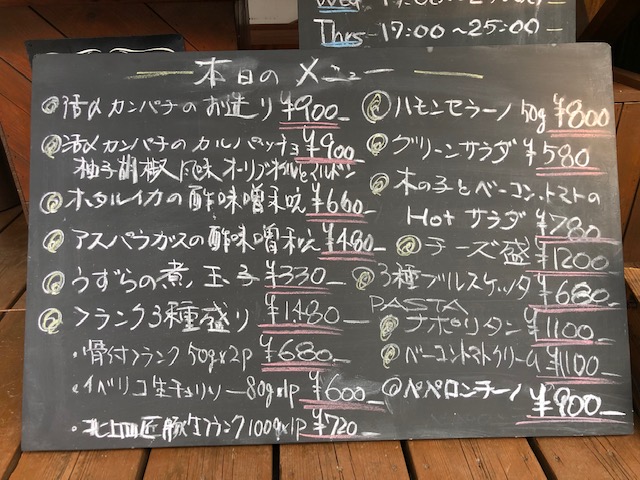
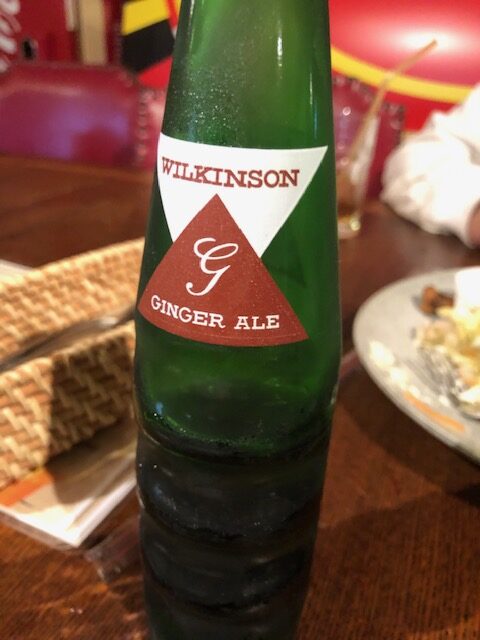

What a way to see old friends with good food!
After we left Masaki’s restaurant, Junko’s daughter, Mako, said, “How about Gelato?”
We stopped by A La Campagne near Soshigaya Okura Station on our way to Setagaya, where we were staying.
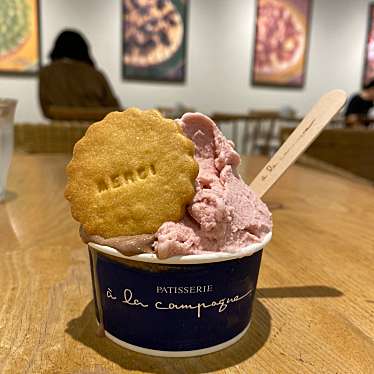
I didn’t eat gelato, but Eric bought me a cute bag for dessert.
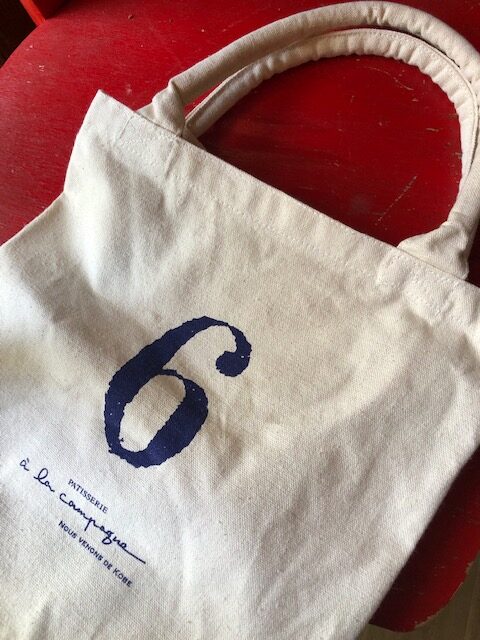
There are many cute shops around. When I passed by after gelato, the flower shop that caught my eye was called “Green Mind.” The next time, I definitely want to go there, so I’m looking forward to it.
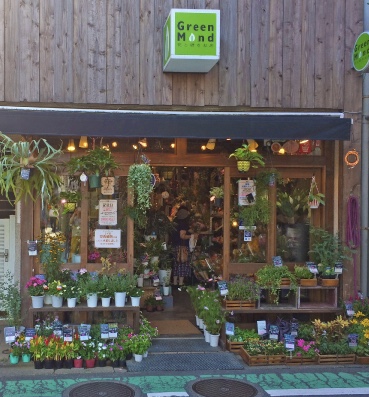
Well-planned and executed, unexpected things and plans for the future.
Ending the third day of my Spring 2023 trip to Japan was perfect!
Love, Sanae ❤️

